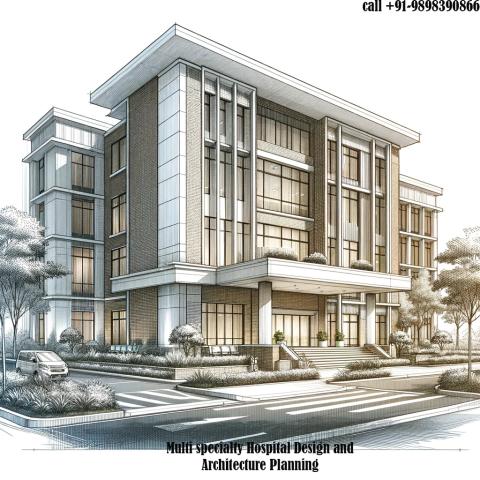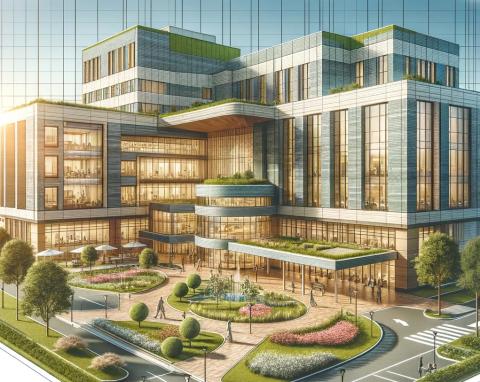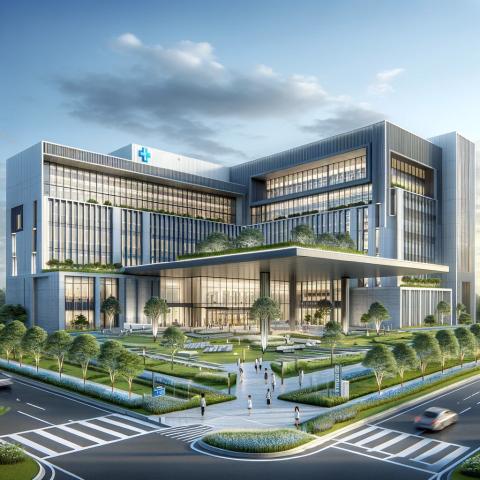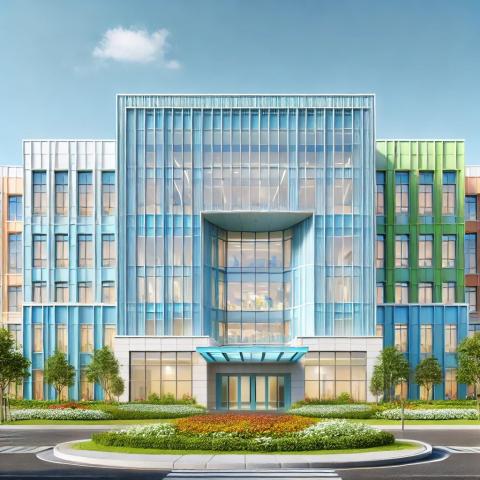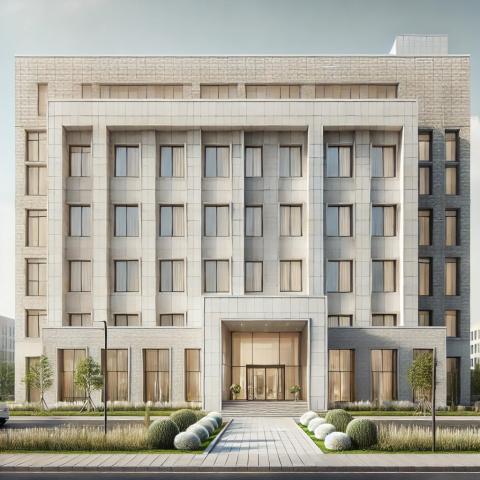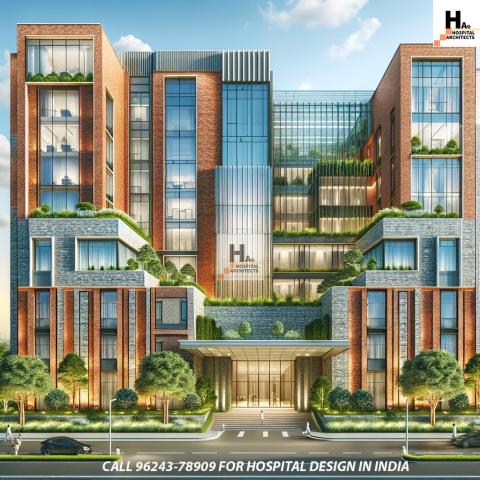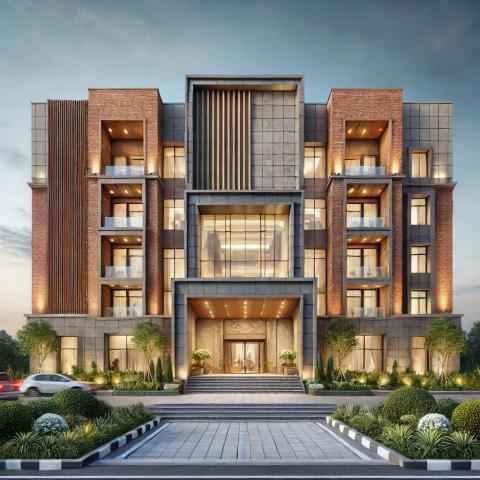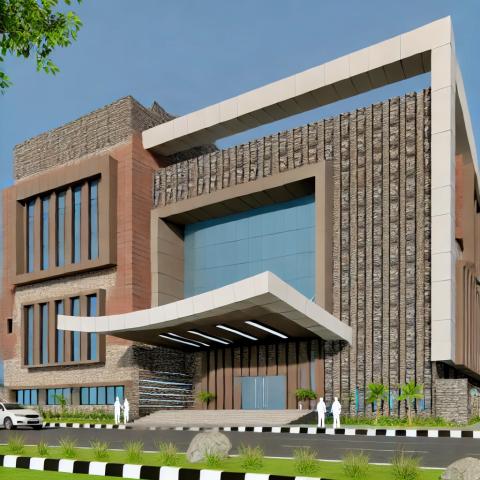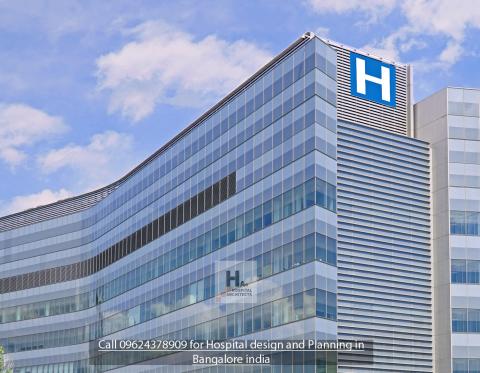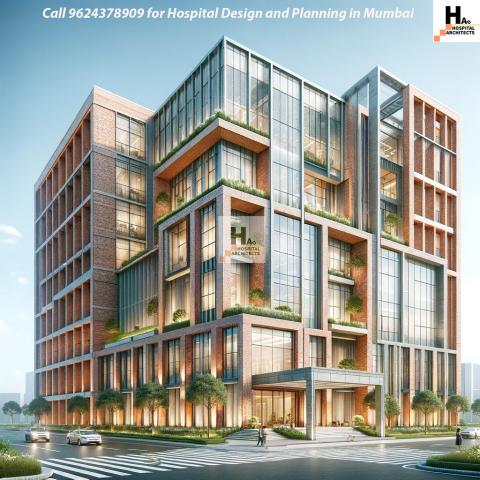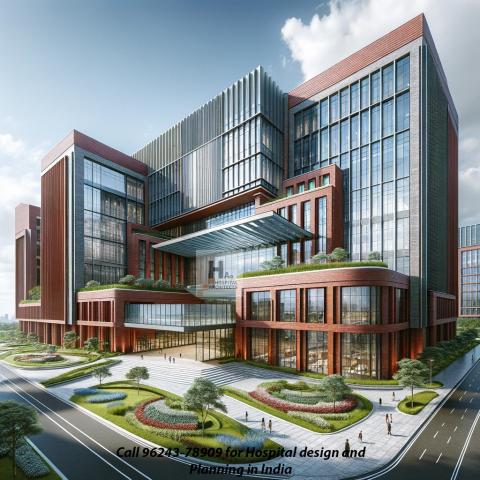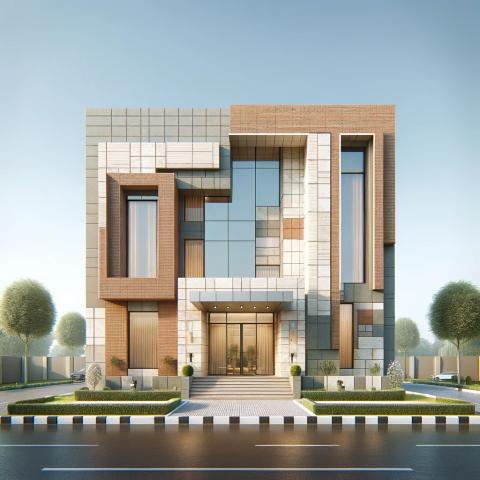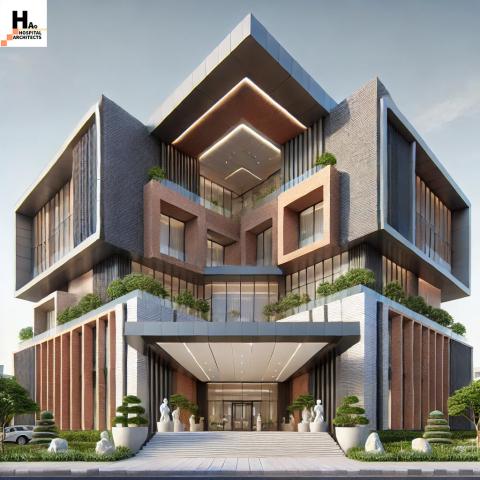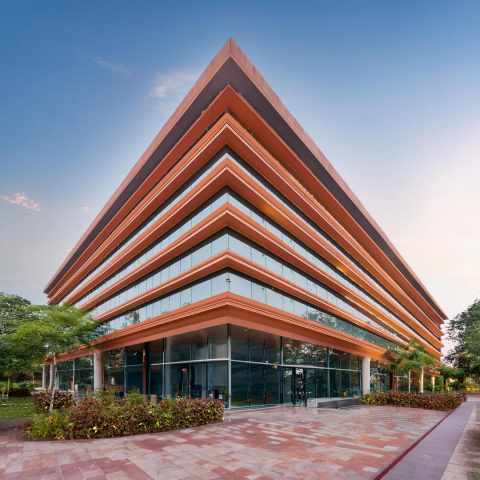Building a State-of-the-Art Hospital: 10 Essential Design Tips for a Modern Healthcare Facility: contact us Today for Modern Hospital design and Planning anywhere in India, USA, UK and africa
Welcome to the future of healthcare design! In today's rapidly evolving world, a state-of-the-art hospital is more than just a place to treat patients; it's a symbol of advanced technology, innovation, and healing. Building such a facility requires careful planning and consideration of various factors to ensure a seamless patient experience and efficient workflow for medical staff. In this article, we will explore 10 essential design tips that will help you create a modern healthcare facility that stands out from the rest.
From incorporating cutting-edge medical equipment to creating a soothing and welcoming environment, every aspect of the hospital's design plays a vital role in enhancing patient care. We'll discuss the importance of natural lighting, patient privacy, and efficient floor plans. We'll delve into the significance of technology integration, sustainable construction materials, and ergonomic furniture choices for both patients and staff.
Whether you're an architect, hospital administrator, or simply passionate about healthcare design, this article is your ultimate guide to building a state-of-the-art hospital. So, let's embark on this exciting journey and discover the key elements that will transform your vision into a reality.
Understanding the needs of a modern hospital
Designing a state-of-the-art hospital starts with understanding the unique needs of the modern healthcare industry. Today, hospitals are expected to provide not only top-notch medical care but also a comfortable and supportive environment for patients and their families. This means considering factors such as patient privacy, infection control, and efficient patient flow.
To meet these needs, it's crucial to involve healthcare professionals, architects, and administrators in the design process. By understanding the workflow and requirements of the hospital, you can create a space that facilitates the delivery of high-quality care.
Designing for functionality and efficiency
A well-designed hospital should prioritize functionality and efficiency. This includes creating clear and logical floor plans that minimize the distance between different departments and maximize the use of available space. Efficient floor plans can significantly reduce patient wait times and improve overall staff productivity.
Additionally, it's essential to consider the needs of different departments and their specific requirements. For example, operating rooms need to be designed with optimal lighting, ventilation, and equipment placement in mind. By tailoring the design to each department, you can ensure that the hospital functions seamlessly and meets the needs of both patients and medical staff.
Incorporating advanced technology and equipment
In today's digital age, advanced technology plays a crucial role in healthcare delivery. Integrating cutting-edge medical equipment into the hospital design is essential for providing the highest level of care. This includes state-of-the-art imaging systems, surgical robots, and telemedicine capabilities.
When designing the hospital, it's important to consider the infrastructure required to support these technologies. This may include dedicated IT rooms, secure data storage facilities, and high-speed internet connectivity throughout the facility. By planning for advanced technology from the start, you can future-proof your hospital and ensure that it remains at the forefront of medical innovation.
Creating a patient-centered environment
A state-of-the-art hospital should prioritize the comfort and well-being of its patients. One way to achieve this is by creating a patient-centered environment that promotes healing and reduces stress. Natural lighting, soothing color palettes, and comfortable furniture can all contribute to a calming atmosphere.
Additionally, providing private rooms for patients can significantly improve their experience. Privacy is essential for patient dignity and can help reduce the risk of infection transmission. By incorporating soundproofing materials and thoughtful room layouts, you can create a space where patients feel safe and supported.
Ensuring accessibility for all patients and staff
Accessibility is a fundamental aspect of healthcare design. A state-of-the-art hospital should be accessible to patients with disabilities, the elderly, and those with mobility challenges. This includes features such as ramps, wide corridors, and easily accessible elevators.
In addition to physical accessibility, it's essential to consider the needs of patients with sensory impairments. Providing visual and auditory aids, such as clear signage and hearing loops, can make a significant difference in their experience. By designing with accessibility in mind, you can ensure that your hospital is inclusive and welcoming to all.
Implementing sustainable and eco-friendly design elements
As the world becomes more environmentally conscious, sustainable design practices are gaining importance in the healthcare industry. Building a state-of-the-art hospital presents an opportunity to incorporate eco-friendly elements that not only reduce the facility's carbon footprint but also contribute to a healthier environment for patients and staff.
This can be achieved through the use of energy-efficient lighting, HVAC systems, and renewable energy sources. Additionally, sustainable construction materials, such as low-emission paints and recycled materials, can be used to minimize the environmental impact of the hospital. By prioritizing sustainability, you can create a facility that aligns with the values of both patients and the community.
Enhancing safety and security measures
Safety and security are paramount in healthcare facilities. A state-of-the-art hospital should have robust measures in place to protect patients, staff, and sensitive information. This includes implementing access control systems, surveillance cameras, and emergency response protocols.
In addition to physical security, cybersecurity is also a significant concern in the digital age. Hospitals store vast amounts of sensitive patient data, making them attractive targets for cybercriminals. By working closely with IT professionals and implementing robust cybersecurity measures, you can safeguard patient information and maintain the trust of both patients and staff.
Optimizing workflow and staff efficiency
Efficient workflow is essential for the smooth operation of a hospital. By designing the facility with the workflow in mind, you can optimize the movement of patients, staff, and equipment. This includes creating dedicated spaces for tasks such as medication preparation, charting, and equipment storage.
Additionally, incorporating technology solutions that streamline administrative tasks can significantly improve staff efficiency. Electronic medical records, digital communication systems, and automated inventory management can all help reduce the administrative burden on medical professionals, allowing them to focus more on patient care.
Collaboration with architects and contractors
Designing a state-of-the-art hospital requires collaboration between architects, contractors, and healthcare professionals. By involving all stakeholders from the beginning, you can ensure that the design meets the specific needs of the hospital and aligns with its vision.
Regular communication and collaboration throughout the design and construction process are crucial to address any challenges or changes that may arise. By fostering a collaborative environment, you can create a hospital that reflects the collective expertise and vision of the entire team.
Conclusion: Designing a state-of-the-art hospital for the future
Building a state-of-the-art hospital is a complex undertaking that requires careful consideration of various design elements. From understanding the needs of the modern healthcare industry to incorporating advanced technology and creating a patient-centered environment, every aspect plays a crucial role in creating a facility that stands out from the rest.
By following these 10 essential design tips, you can create a modern healthcare facility that not only meets the highest standards of medical care but also provides a welcoming and supportive environment for patients and staff. Remember, a state-of-the-art hospital is not just a building; it's a testament to innovation, healing, and the future of healthcare.
So, let's embark on this exciting journey and transform your vision into a reality that will shape the future of healthcare!

